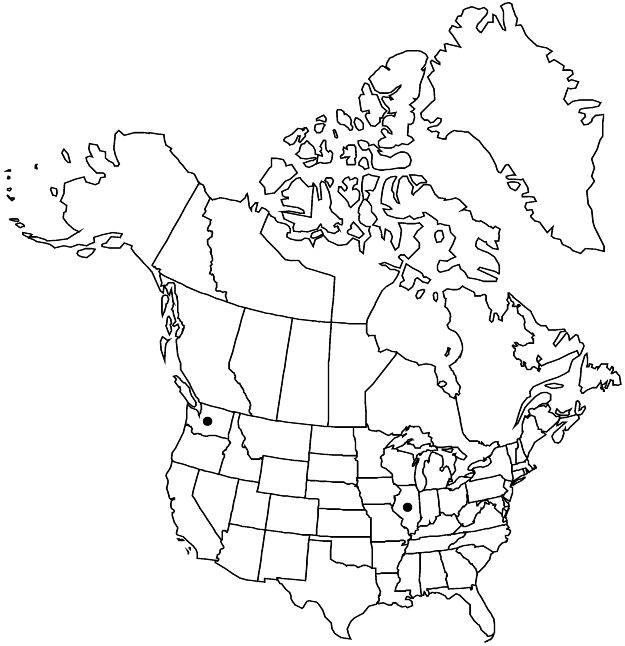Difference between revisions of "Malus hupehensis"
J. Arnold Arbor. 14: 207. 1933.
FNA>Volume Importer |
imported>Volume Importer |
||
| Line 42: | Line 42: | ||
|elevation=0–2900 m | |elevation=0–2900 m | ||
|distribution=Ill.;Wash.;Asia;introduced also in Europe. | |distribution=Ill.;Wash.;Asia;introduced also in Europe. | ||
| + | |introduced=true | ||
|discussion=<p><i>Malus hupehensis</i> is possibly naturalized in Egypt.</p> | |discussion=<p><i>Malus hupehensis</i> is possibly naturalized in Egypt.</p> | ||
|tables= | |tables= | ||
| Line 66: | Line 67: | ||
|publication year=1933 | |publication year=1933 | ||
|special status=Introduced | |special status=Introduced | ||
| − | |source xml=https:// | + | |source xml=https://bibilujan@bitbucket.org/aafc-mbb/fna-data-curation.git/src/bb6b7e3a7de7d3b7888a1ad48c7fd8f5c722d8d6/coarse_grained_fna_xml/V9/V9_807.xml |
|subfamily=Rosaceae subfam. Amygdaloideae | |subfamily=Rosaceae subfam. Amygdaloideae | ||
|tribe=Rosaceae tribe Gillenieae | |tribe=Rosaceae tribe Gillenieae | ||
Revision as of 01:33, 28 May 2020
Trees, to 80 dm. Stems to 30 cm diam.; bark dark gray or dark brown, smooth or rough; young branches dark green and puberulous, becoming purplish or purplish brown and glabrous at maturity; flowering shoots developing as spurs, 5–20(–40) mm. Buds dark purple, ovoid, 3–4(–5) mm, scale margins sparsely ciliate. Leaves convolute in bud; isomorphic; stipules deciduous, linear-lanceolate, 5–6 mm, apex acuminate; petiole 10–30 mm, sparsely pubescent when young, glabrescent; blade ovate or ovate-oblong, 5–10 × 2.4–4 cm, base broadly cuneate, rarely rounded, margins unlobed, sharply serrulate, apex acuminate, surfaces sparsely puberulent when young, becoming glabrous. Panicles umbel-like; peduncles absent; bracteoles rarely persistent, lanceolate, 2 mm. Pedicels 30–40 mm, glabrous or slightly villous. Flowers 35–40 mm diam.; hypanthium constricted distal to ovaries, glabrous or sparsely villous; sepals triangular-ovate, 4–5 mm, equal to or shorter than tube, apex acute or acuminate, abaxial surface glabrous, adaxial hairy; petals white, sometimes pink-white, obovate, 15 mm, claws 1 mm, margins crenulate, apex rounded; stamens 20, 6–8 mm, anthers white before dehiscence; styles 3(or 4), basally connate to 1/2 length, 7–9 mm, slightly longer than stamens, proximally tomentose. Pomes greenish yellow with red blush, ellipsoid or subglobose, 10 mm diam., cores enclosed at apex; sepals deciduous; sclereids sparse to moderate surrounding core. Seeds brown. 2n = 51, 68.
Phenology: Flowering Apr–May; fruiting Aug–Sep.
Habitat: Slopes and valleys
Elevation: 0–2900 m
Distribution

Introduced; Ill., Wash., Asia, introduced also in Europe.
Discussion
Malus hupehensis is possibly naturalized in Egypt.
Selected References
None.